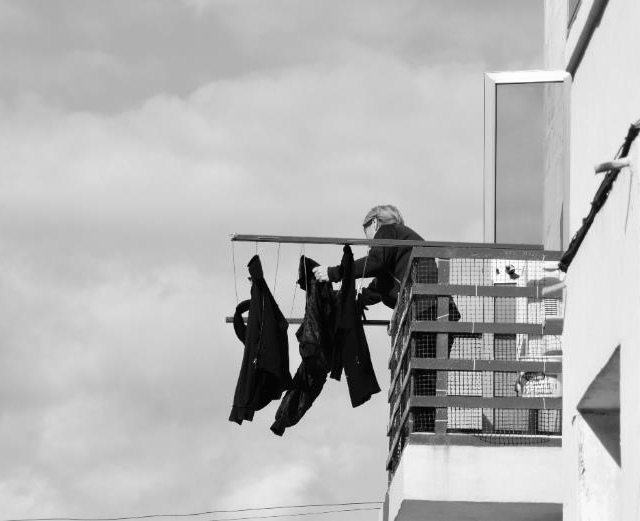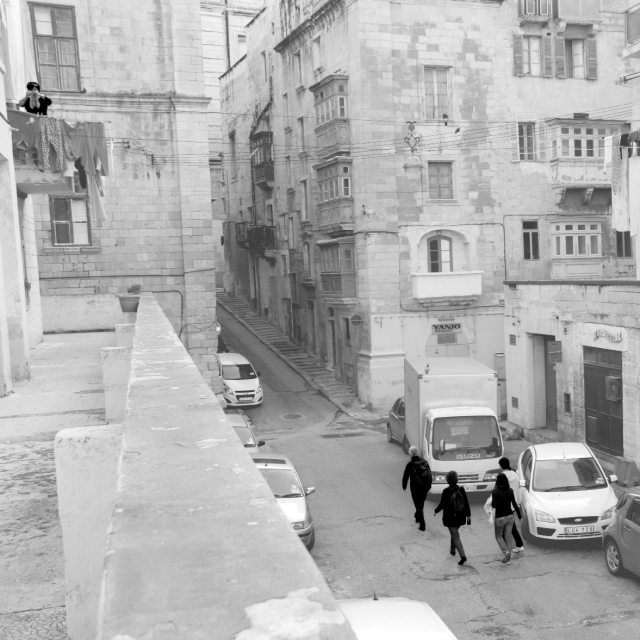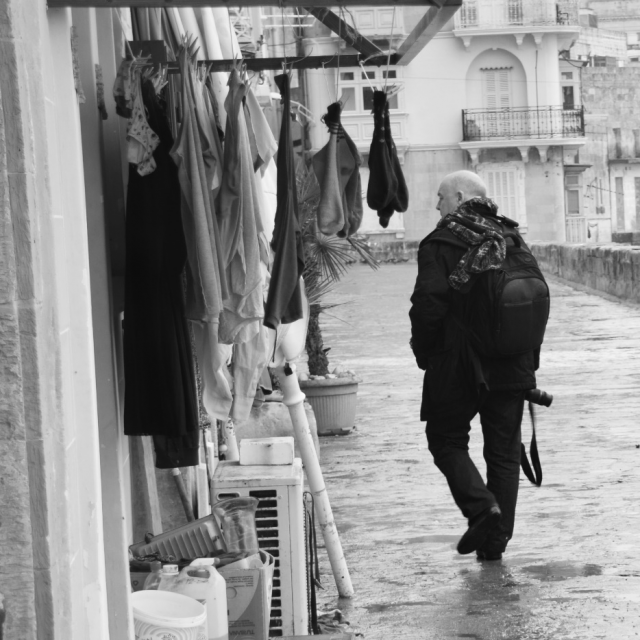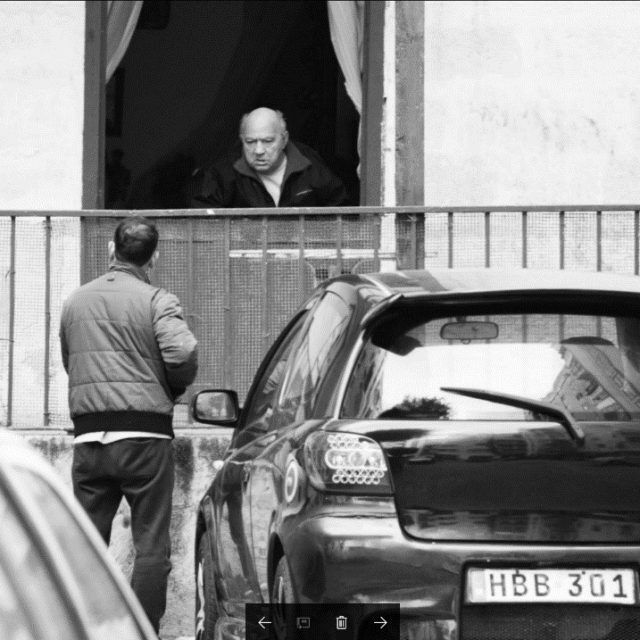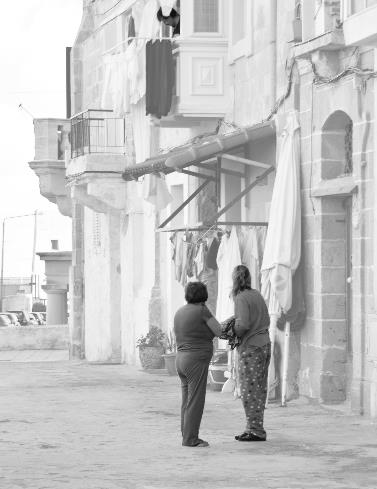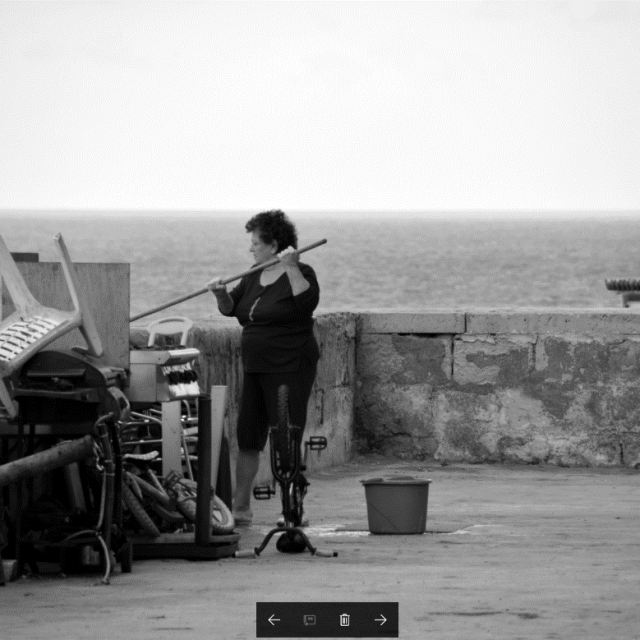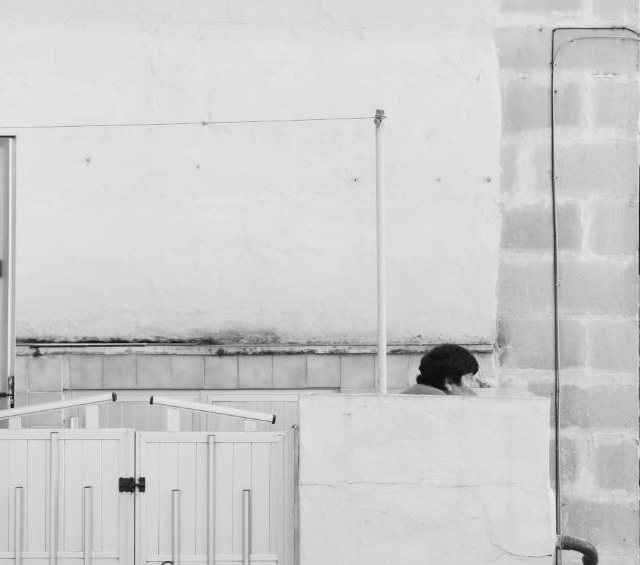Architecture – Dissertation
The semi-public space is a dynamic platform of intimacy and enclosure where multiple users with long-term and short-term interest in the space, engage in a wide range of focused and unfocused interactions regulated by sensitive boundaries which determine a fine line between triggering feelings of intrusion and long-term cooperative efforts. It is a place of movement where the interests of the owner, the obligations of the user and the intrigue of the passer-by co-exist at the highest concern.
Despite being so dynamic, the semi-public space is not as clearly defined as are the private and the public (Drieënhuizen and Leferink, 2014). Many authors who referred to the semi-public space in their writings, described it by notions that do not pertain to its specific physical and social characteristics. These definitions are oftentimes formulated by means of recognisable territories which underline the notion of “what is mine and what is yours?” (Patterson, 2011, p. 2). The semi-public space is commonly defined as POSPD (Public Open Space in Private Development), forming part of privatised residential areas where access is often conditional on behaving in ways that are compliant with the owners’ purposes (Harvey, 1973). Due to this, the identity of the space remains anonymous, superficial and generalised (Drieënhuizen and Leferink, 2014). This study stresses that unless the semi-public space is understood as a physical and social entity then one cannot have the proper mindset to assess it, let alone organise and plan it. Thus, the primary intent of this study was to investigate existing theoretical indicators that suggest how human behaviour is affected by the space’s physical features in order to formulate a framework by which semi-public spaces can be understood and assessed.
Existing in such a fragile position between two distinctive realms, the semi-public space demands not only a tool to help organise it but also a model by which the manner people negotiate their interests within it, can be understood. The study suggests an alternative understanding to Oscar Newman’s ‘Defensible Space Theory’ by which planners concentrate on categorising the recognisable territories extending beyond the privacy of the building. This traditional model labelled the semi-public space as a defensible territorial space which enabled the residents only to assume responsibility of the space and in the process, exclude any undesirables from it. This led to the emergence of gates and solid blank walls which mark the borderline between the private and public realms, making spaces that occupy the zone of public-private interaction abrupt and uncivil (Ford, 2000). This study calls for a new approach which entails examining how people understand space themselves, “relating to collective identity and public life” (Patterson, 2011, p. 2). Thus, the secondary intent is to suggest a discipline that is based on the negotiability between different users of the space, rather than extreme defensibility.
Such examination shed light on the opportunity to evaluate alternative semi-public spaces that can help support public open spaces in the local context (Pomeroy, 2012). Valletta, the European Capital of Culture for 2018, aims to integrate all the communities within socially fragmented neighbourhoods and to generate spaces that soften the urban fabric and spur community life. However, there are some pressing issues. The City has become a controlled landscape dominated by retail activity, especially the central area which continues to increase the thunderstorm between the current coming from the south and the current coming from the north. Semi-public spaces adjoining residential buildings have the potential to become an imperative step in contribution to the existing infrastructure which would extend over to the doorstep of the local communities and catch up more residential areas in Valletta, not just the central zones (Grima, Interview).
The study involved the formulation of an analytical framework, consisting of theoretical principles that were necessary for conducting the study on four selected semi-public spaces in Valletta. By employing a methodology that combines direct field observations and interviews, the two main research objectives could be explored. A number of tools were used to distil the physical properties of each site, enable the categorisation of the observed behavioural patterns and investigate the physical-behavioural relationship. The findings provided valuable additions to existing theories through a refinement of the analytical framework. In addition, the research revealed new indicators which contribute to the formulation of a framework specific to the semi-public space. The interviews introduced additional intangible aspects related to the residents’ opinion of the space and emerged new prospects regarding the contribution of this research to the vision of Valletta including the residents’ fear of displacement which escalates with the rapid renewal of the city, community conflicts generated by aggressive appropriation of the space and the lack of aspiration to personalise community shared spaces.
This dissertation attracted the jury’s attention for its“comprehensive efforts at drawing from the real life experiences of the city’s residents and interpreting these in the context of the private and public architectural settings within which their lives are conducted. Since each dissertation which follows an established rigorous research methodology contributes substantially towards the enhancement of the lives of successive generations, the jury commends and encourages further scientific research into the effect and influence of local private and public spaces on the lives of citizens.”
Date:
July 19, 2024


